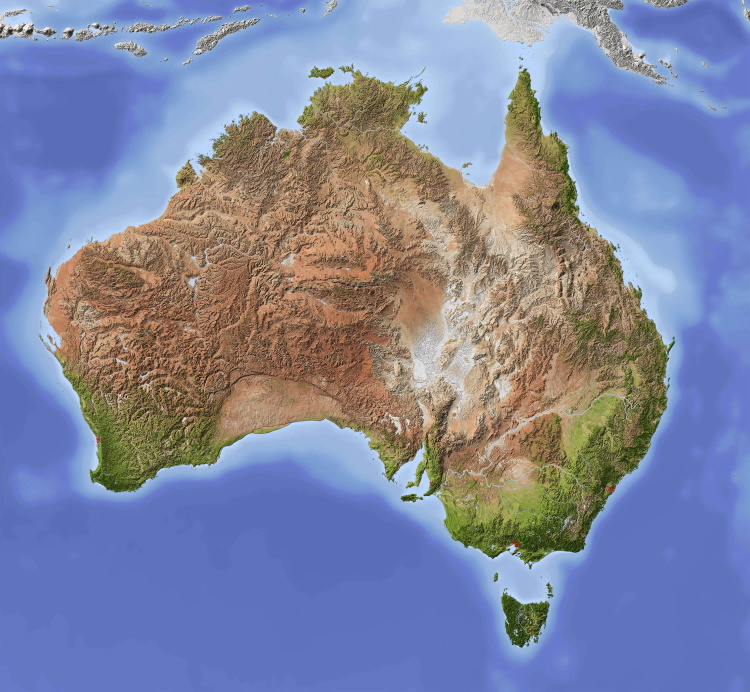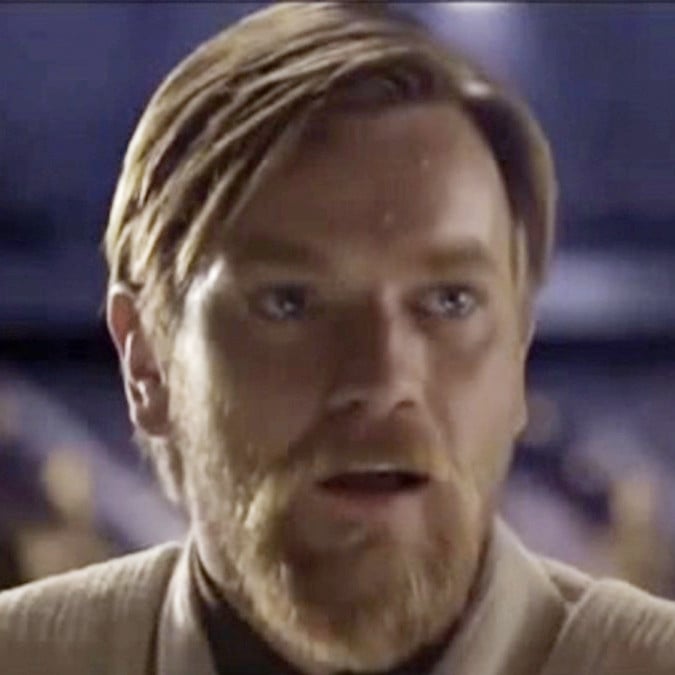Lenguador
- 6 Posts
- 5 Comments

 61·2 年前
61·2 年前From Wikipedia: this is only a 1-sigma result compared to theory using lattice calculations. It would have been 5.1-sigma if the calculation method had not been improved.
Many calculations in the standard model are mathematically intractable with current methods, so improving approximate solutions is not trivial and not surprising that we’ve found improvements.
 1·2 年前
1·2 年前This seems like more of an achievement for the Barbie brand than for the individual director.

 8·2 年前
8·2 年前DALL-E was the first development which shocked me. AlphaGo was very impressive on a technical level, and much earlier than anticipated, but it didn’t feel different.
GANs existed, but they never seemed to have the creativity, nor understanding of prompts, which was demonstrated by DALL-E. Of all things, the image of an avocado-themed chair is still baked into my mind. I remember being gobsmacked by the imagery, and when I’d recovered from that, just how “simple” the step from what we had before to DALL-E was.
The other thing which surprised me was the step from image diffusion models to 3D and video. We certainly haven’t gotten anywhere near the quality in those domains yet, but they felt so far from the image domain that we’d need some major revolution in the way we approached the problem. The thing which surprised me the most was just how fast the transition from images to video happened.

 1·2 年前
1·2 年前Looks like the same guys were doing publicity around 2019 https://www.abc.net.au/news/rural/2019-07-30/australia-joins-lab-grown-meat-industry/11360506
At the time, they claimed the cost to make a single hamburger was $30-$40, and now 4 years later, they claim to have gotten it down to $5-$6 per patty.
The article claims the first demonstration of a lab-grown hamburger was in 2013.So 6 years from proof of concept to (probably) first capital raise, then 4 years to start regulatory approval, 1 year for approval to take place (target is March next year).






That reminds me of a joke.
A museum guide is talking to a group about the dinosaur fossils on exhibit.
“This one,” he says, “Is 6 million and 2 years old.”
“Wow,” says a patron, “How do you know the age so accurately?”
“Well,” says the guide, “It was 6 million years old when I started here 2 years ago.”